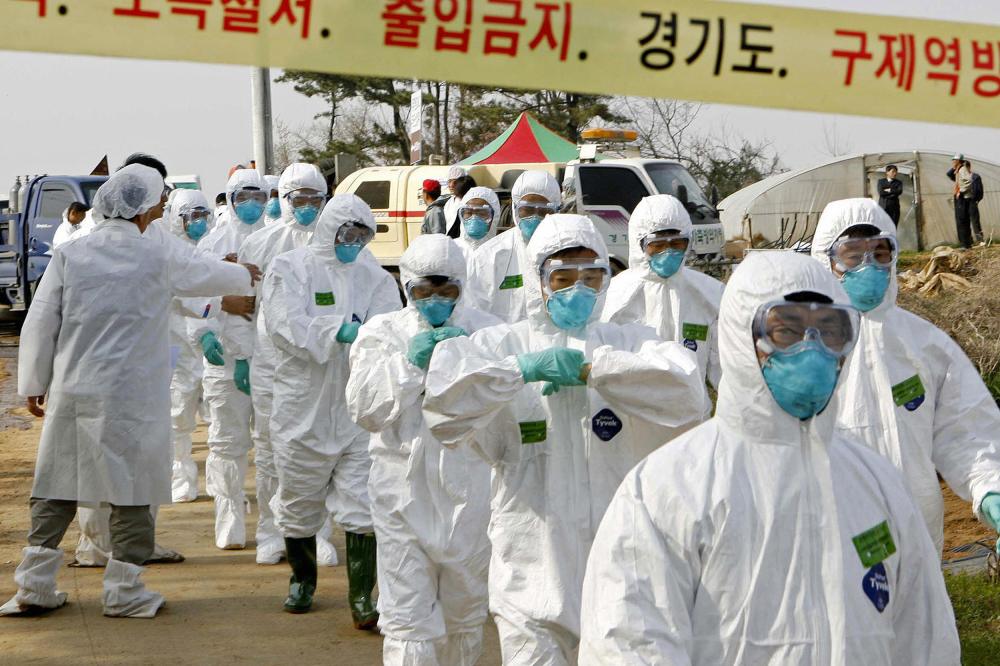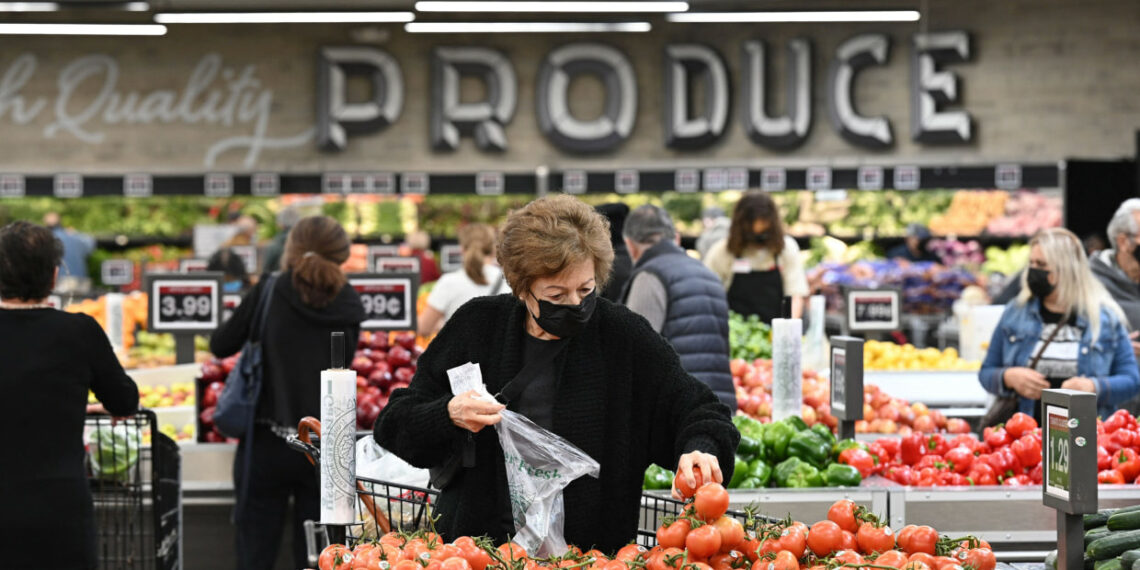Great attention is being paid to price inflation. What is causing it? What can governments do? What role does corporate greed play?
From the consumer’s perspective, perhaps the most important question is whether inflated prices will ever come down. To understand this, we must first review the fundamental reasons behind recent price increases.
Pandemic-Fueled Inflation
Two things about the causes are beyond dispute. First, fuel prices have played a central role. In the early phase of the pandemic, lockdowns and voluntary isolation precipitated a significant drop in fossil fuel consumption.
This drop in demand brought on low prices, which, in turn, caused many energy companies (especially smaller ones) to go out of business or lay off workers, many of whom were involved in fuel transportation.
As mobility began to ease with mitigation and vaccination, the losses in labor meant fewer companies could handle the recovering demand for energy, resulting in consumer competition for limited resources, driving prices up beyond pre-pandemic levels. Since fuel is needed for the production and transportation of everything, this heightened demand translated into a systematic increase in the prices of, well, everything.
The second fact is that this pattern of lost labor, especially in transportation, impacted every industry, albeit to different degrees. The demand for components, parts, and ingredients across all manufacturing sectors suffered varying drops early in the pandemic, precipitating closures and lay-offs across the globe.
As businesses started back up, the reduced capacity to produce and deliver meant fewer supplies were available to meet renewed demand, creating a second rush of rising prices that ran in parallel with fuel.
There are, of course, other things going on too, like disrupted global supply chains and the Great Resignation, but the bottom line here is that recent inflation has been caused mostly by the pandemic.
‘Shock’ing Prices
Given these facts, the average person might expect high prices to return to pre-pandemic levels once COVID-19 subsides and business activity returns to normal. Unfortunately, history has shown this is not always the case. Let me use ramen and eggs to illustrate.
In 2016, South Korean ramen companies collectively raised their prices by an average of 5.7 percent, citing an 11.4 percent year-to-year shock increase in palm oil price as the primary reason (palm is the most common oil used in ramen). This was despite both flour and palm oil prices having steadily decreased by about 50 percent in the five years preceding 2016.
Even though the palm shock was temporary, with prices coming back down by 15.8 percent over the next three years, ramen prices never returned to their pre-shock levels, making the inflation permanent.
In the winter of 2016 and spring of 2017, Korean egg prices also experienced a significant shock, but for a completely different reason: avian flu. Millions of chickens were culled, with egg prices rising from 5,500 Won per 30 eggs in 2016 to over 6,000 Won in 2017.
At its peak, prices even briefly hit 12,000 Won. The government helped offset rising costs by subsidizing egg imports and providing recovery aid to farmers to restore lost animal stocks. These efforts facilitated a gradual return of prices to pre-cull levels, with average prices in 2019 actually falling below 5,500 Won per 30.

So, what’s going on? Why did prices in one case return to pre-crisis levels while those in the other did not? The main reason is competition.
Free Market System
Egg prices are more malleable than ramen because Korea has hundreds of domestic egg farms, most of them willing to compete for increased sales by undercutting the prices offered by competitors.
This is the oft-sought-after outcome of free-market economies: that competition will ultimately benefit the consumer. Timely government support also played a key role, adding supply to the market and offsetting recovery costs.
On the ramen side, the dynamic is much different. Most consumers view eggs from different companies as roughly equivalent, a perception that does not apply to ramen, which, in Korea, is manufactured by only one of four conglomerates.
When one egg company offers a lower price than another, it is easy to switch brands because the products are viewed as interchangeable. Ramen, however, isn’t like that.
If your preferred flavor is the “Shin” brand offered by the Nongshim company, it is very unlikely that you will find another brand from another company tasting the same. This, in turn, means you would not view the two as equivalent, being unlikely to switch from one to the other just because the second offered a lower price.
This reality is an important contributor to pricing power, defined as the ability of a company to increase prices without reducing demand for its products. This distinction between ramen and eggs illustrates how consumer perception helps determine whether inflated prices will return to pre-shock levels or not.
Although some analysts have described current pandemic inflation as “transient until proven otherwise”, individual consumers might be better served taking a “permanent until proven transient” approach since odds are that most of their favorite products will never return to pre-pandemic levels, precisely because they are the preferred brand.
Disclaimer: The views and opinions expressed here are those of the author and do not necessarily reflect the editorial position of The Globe Post.























